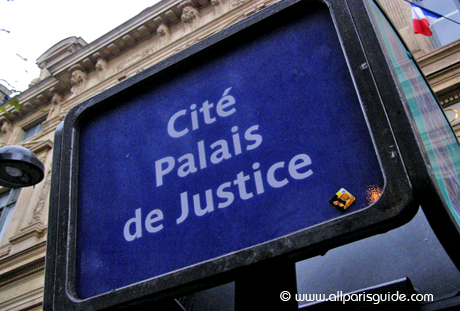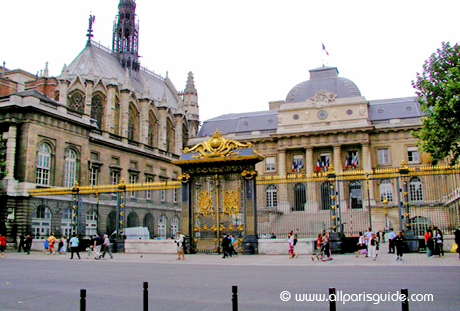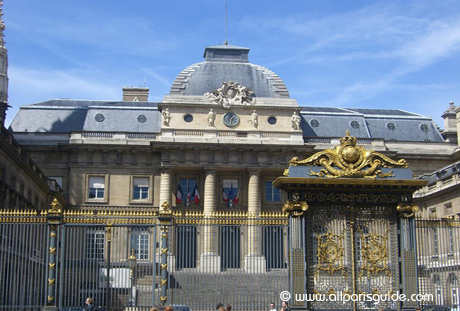“Liberté, Egalité, Fraternité” are the words inscribed above the entrance at the top of the grand marble steps leading into France’s symbol of civil authority. It is only since the Revolution that the palace took on its present function. Before that it played royal palace, with many architectural transformations, from Roman times until 1358, when Charles V abandoned it completely. Turned over to the Parliament, it acquired a different aspect during the Revolution, when summary judgments were passed and over 2500 prisoners left the Cour du Mai by the cartload, destined for the guillotine. The May trees have gone from the courtyard as have the knitting gossips, but the main lobby (the 17th century Salle des Pas-Perdus) is still thick with black-robed lawyers, judges and plaintiffs.





